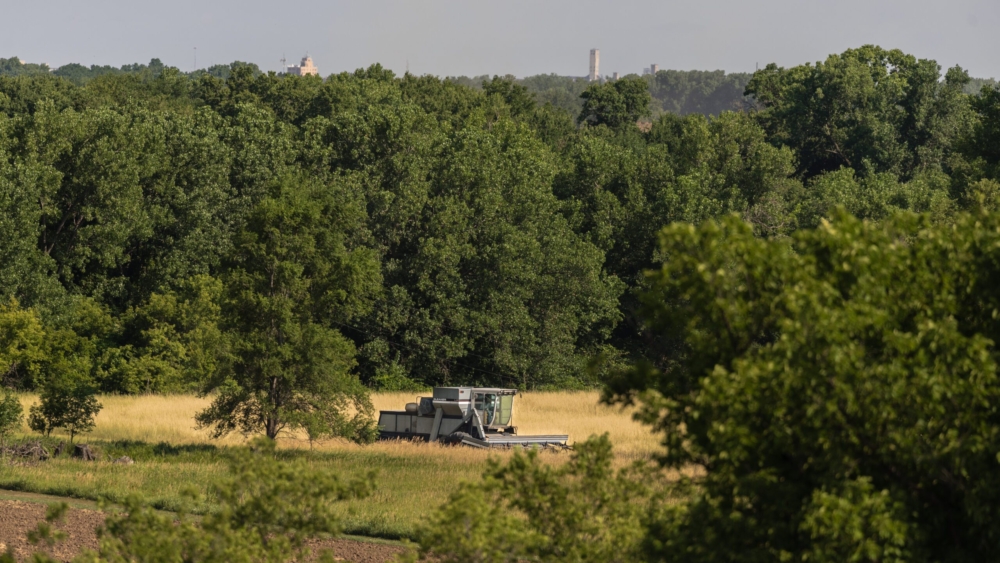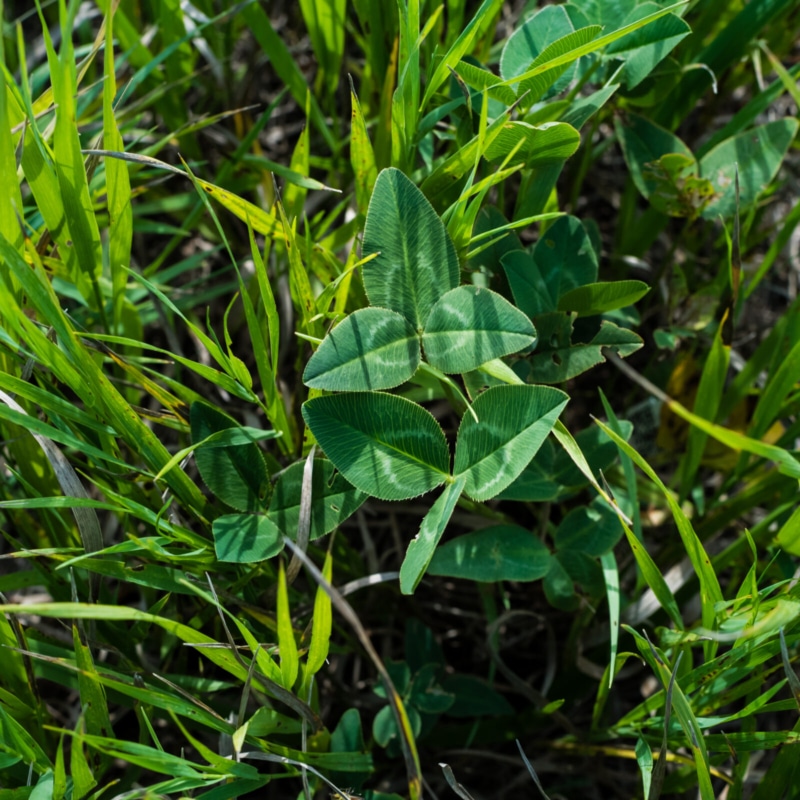Abstract
Annual-based arable agroecosystems experience among the greatest frequency, extent and magnitude of disturbance regimes of all terrestrial ecosystems. In order to control non-crop vegetation, farmers implement tillage practices and/or utilize herbicides. These practices effectively shift the farmed ecosystems to early stages of secondary succession where they remain as long as annual crops are grown.
Humanity’s long-standing dependence on a disturbance-based food and fiber producing ecosystem has resulted in degraded soil structure, unsustainable levels of soil erosion, losses of soil organic matter, low nutrient and water retention, severe weed challenges, and a less-diverse or functional soil microbiome. While no-till cropping systems have reduced some hazards like soil erosion, they remain compromised with respect to ecosystem functions like water and nutrient uptake, and carbon sequestration compared to many later successional ecosystems.
Recent advances in the development of perennial grain crop species invite consideration of the ecological implications of farming grains further down the successional gradient than ever before possible. In this review, we specifically explore how the nitrogen (N) economy of a mid-successional agroecosystem might differ from early-successional annual grain ecosystems as well as native mid-successional grassland ecosystems. We present a conceptual model that compares changes in soil organic matter, net ecosystem productivity, N availability, and N retention through ecosystem succession.
Research from the agronomic and ecological literatures suggest that mid-successional grain agriculture should feature several ecological functions that could greatly improve synchrony between soil N supply and crop demands; these include larger active soil organic matter pools, a more trophically complex and stable soil microbiome that facilitates higher turnover rates of available N, greater N retention due to greater assimilation and seasonal translocation by deeply rooted perennial species as well as greater microbial immobilization. Compared to native mid-successional grasslands that cycle the majority of N required to maintain productivity within the ecosystem, a mid-successional agriculture would require greater external N inputs to balance N exports in food. Synthetic N fertilizer could make up this deficit, but in the interest of maximizing ecological intensification in order to minimize inputs and associated environmental consequences, we explore making up the N deficit with biological N2 fixation.
The dominant approach to addressing problems in agriculture is to target specific shortcomings such as nutrient retention or weed invasion. Moving agriculture down the successional gradient promises to change the nature of the ecosystem itself, shifting attention from symptom to cause, such that ecological intensification and provision of a broader suite of ecosystem services happen, not in spite of but as a consequence of, agriculture.














